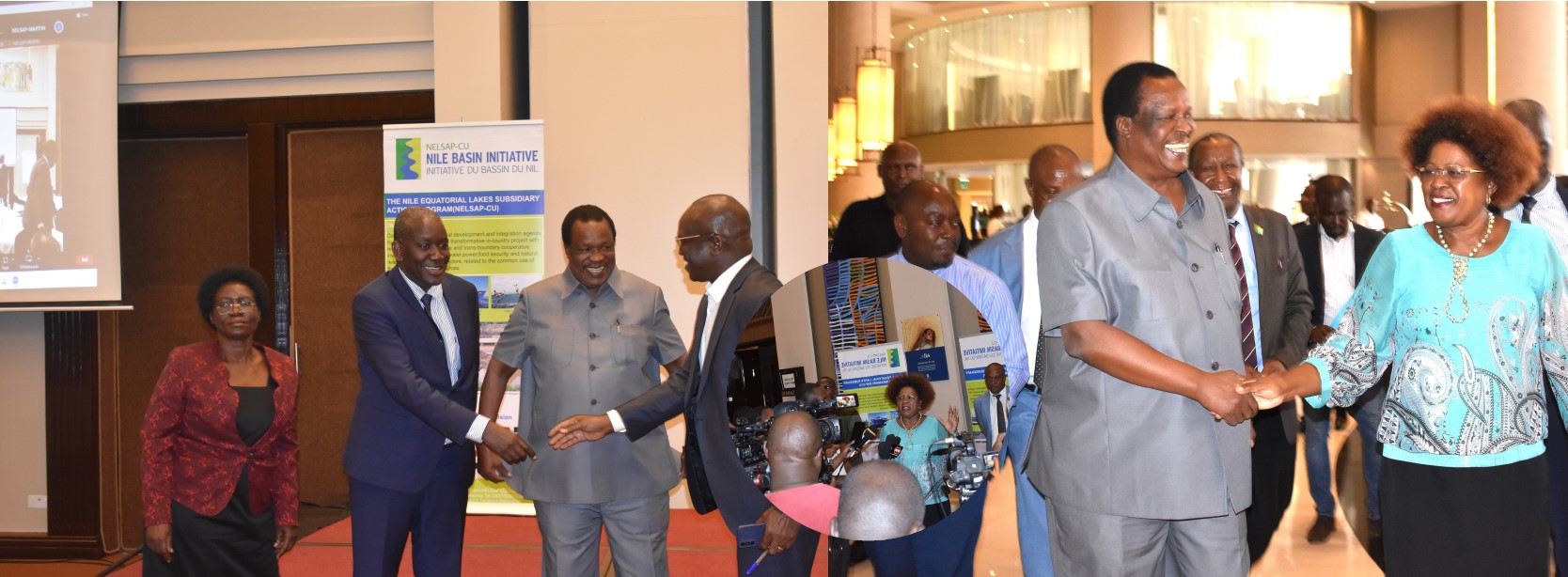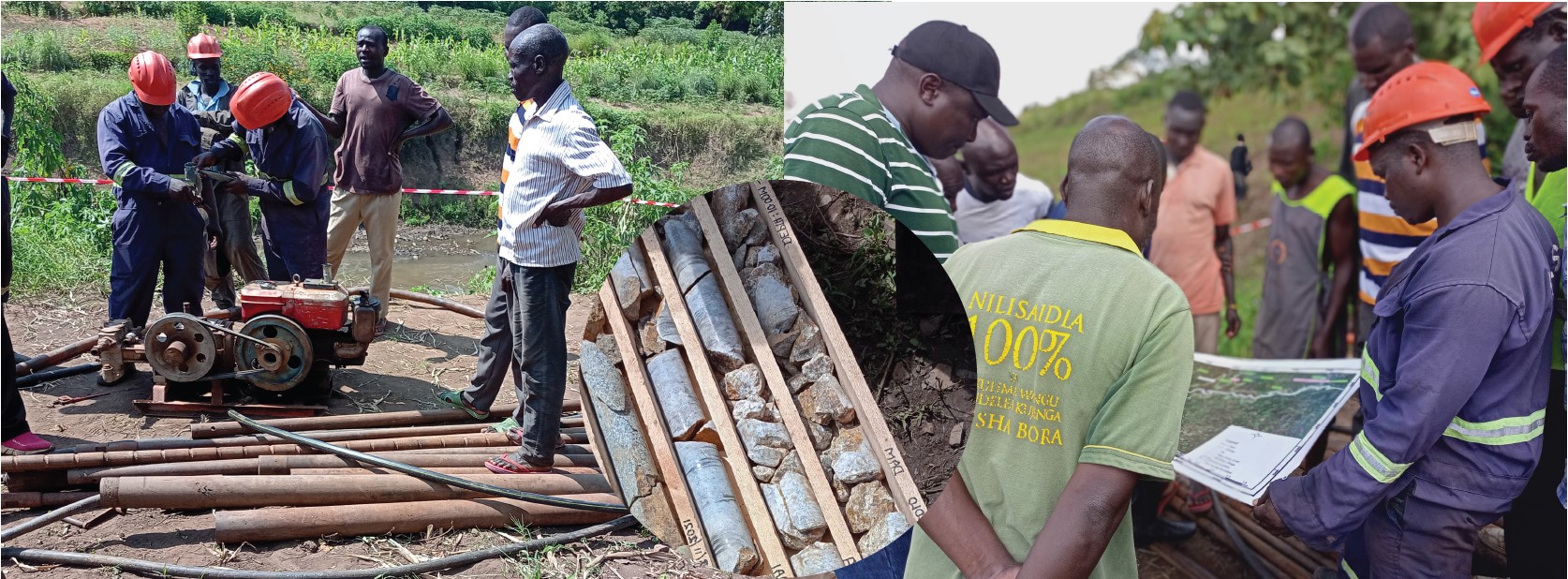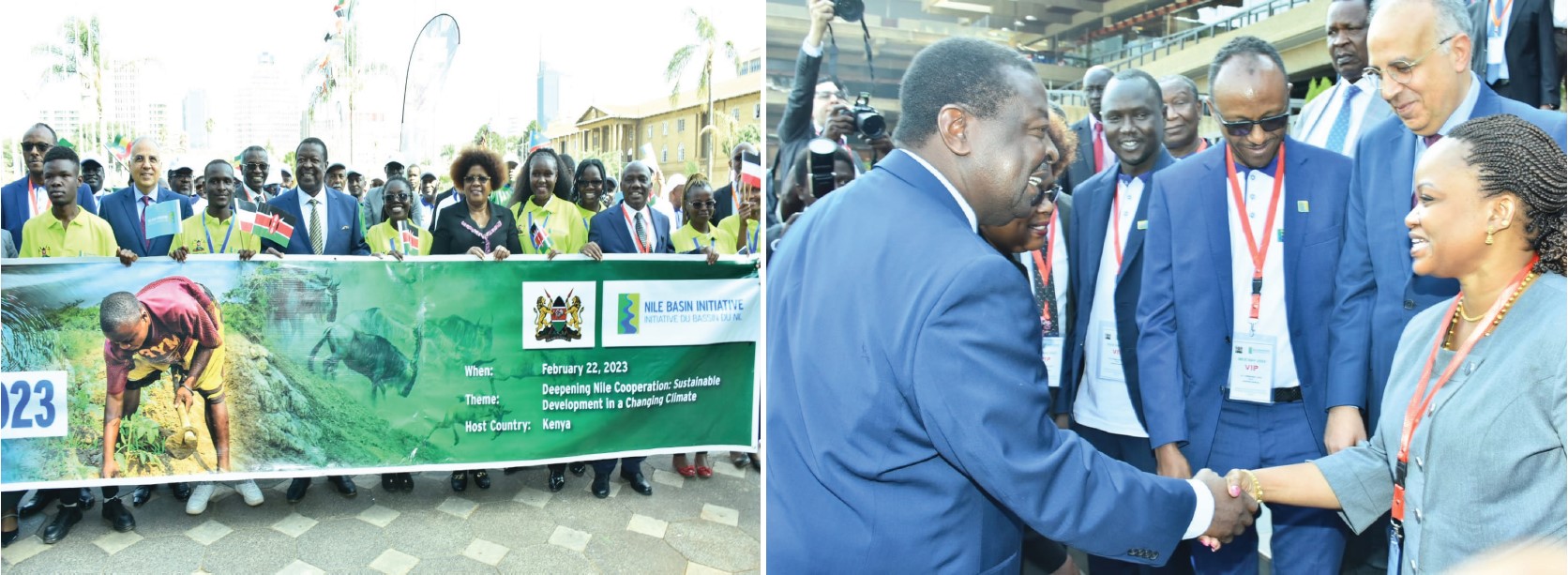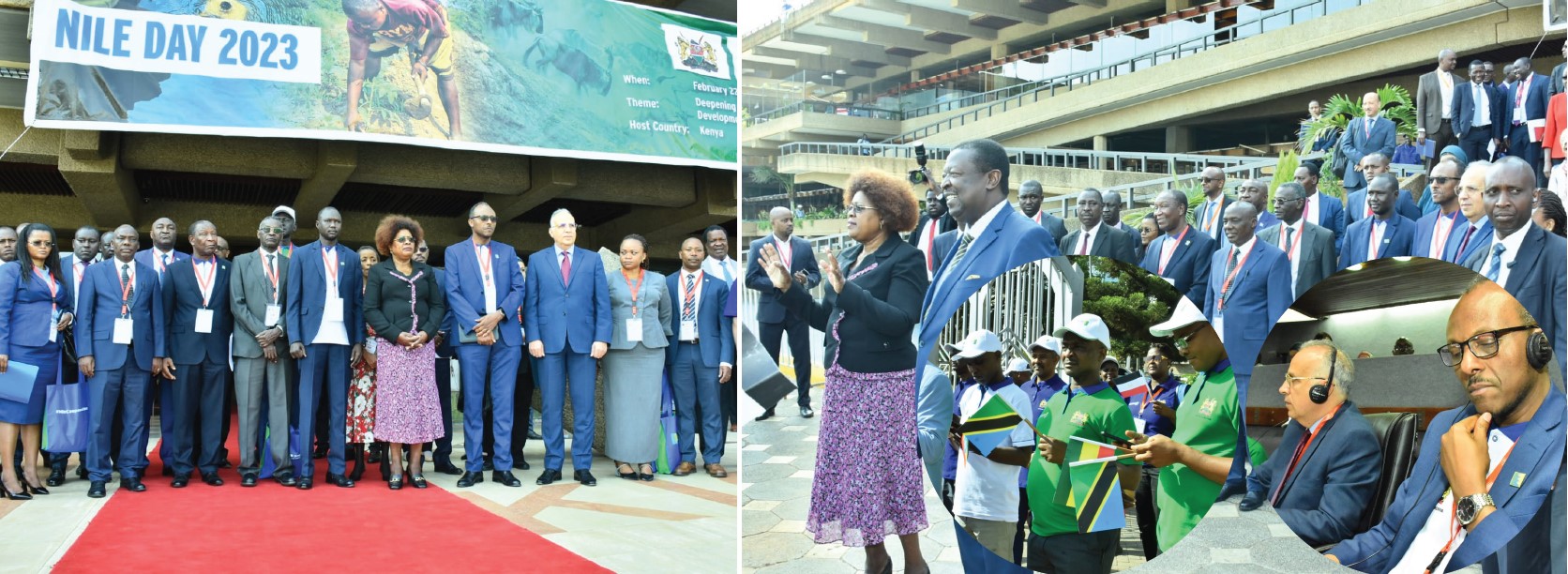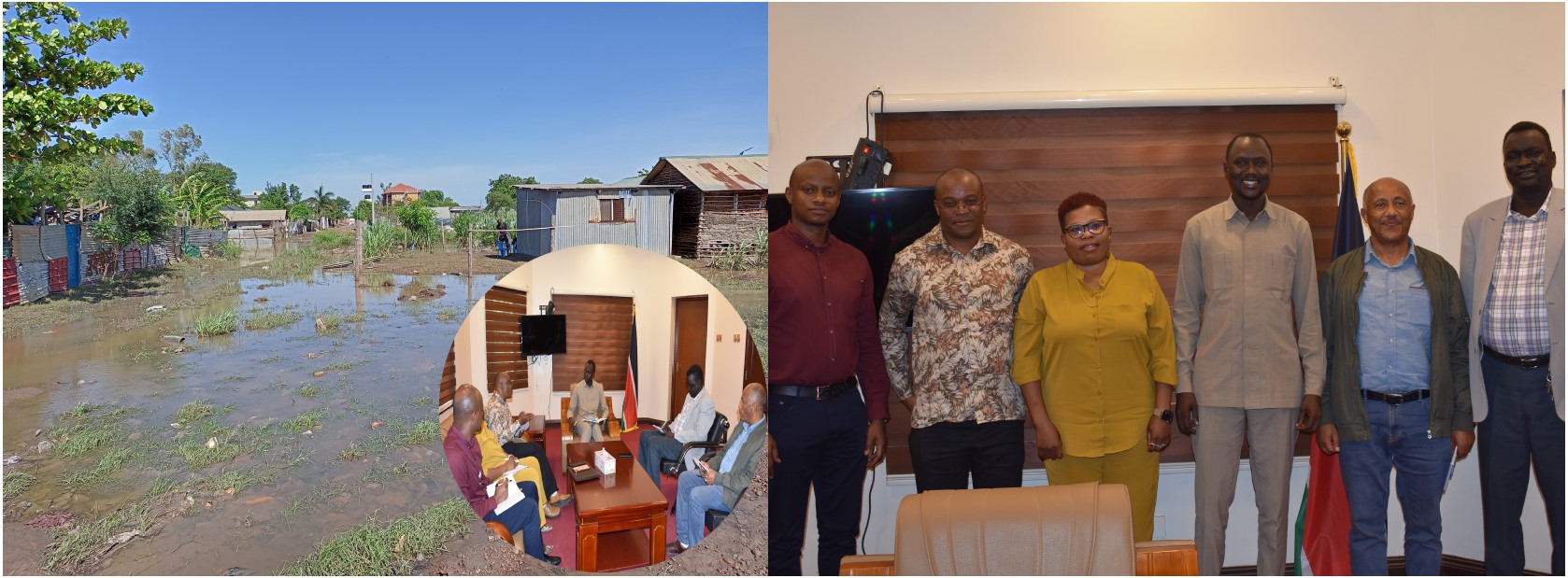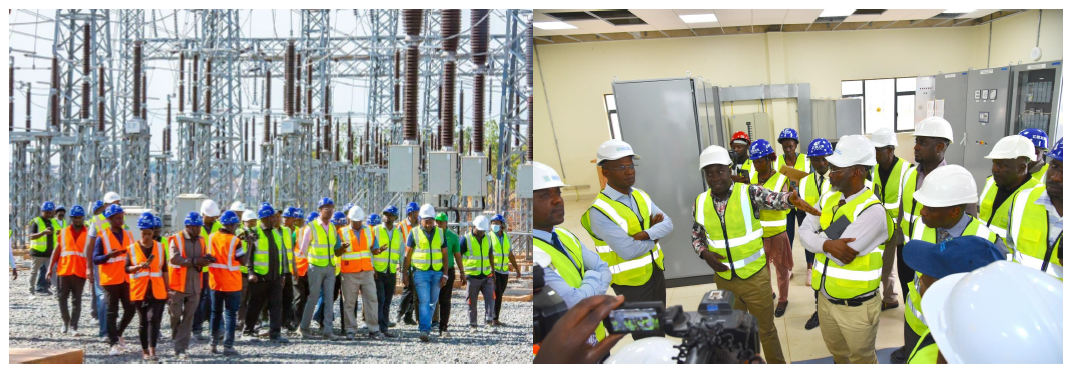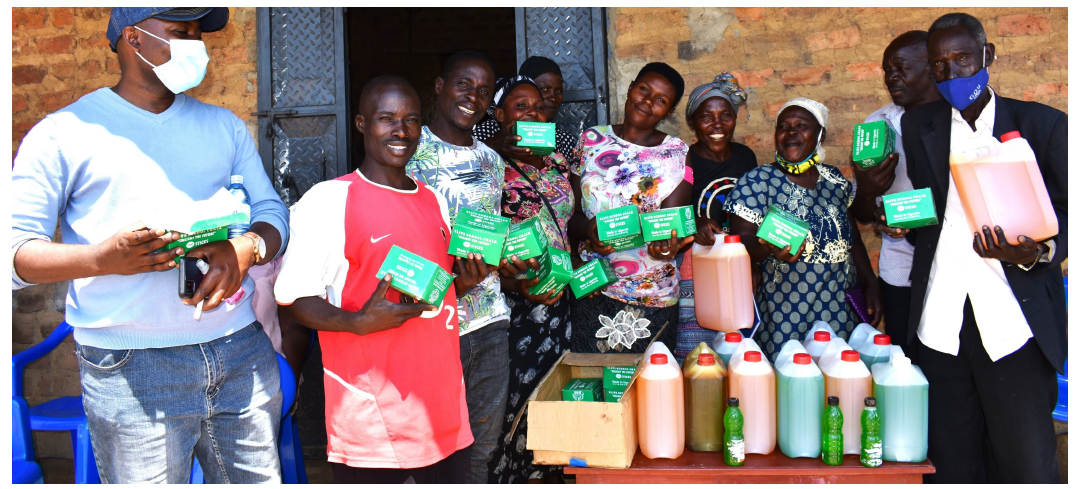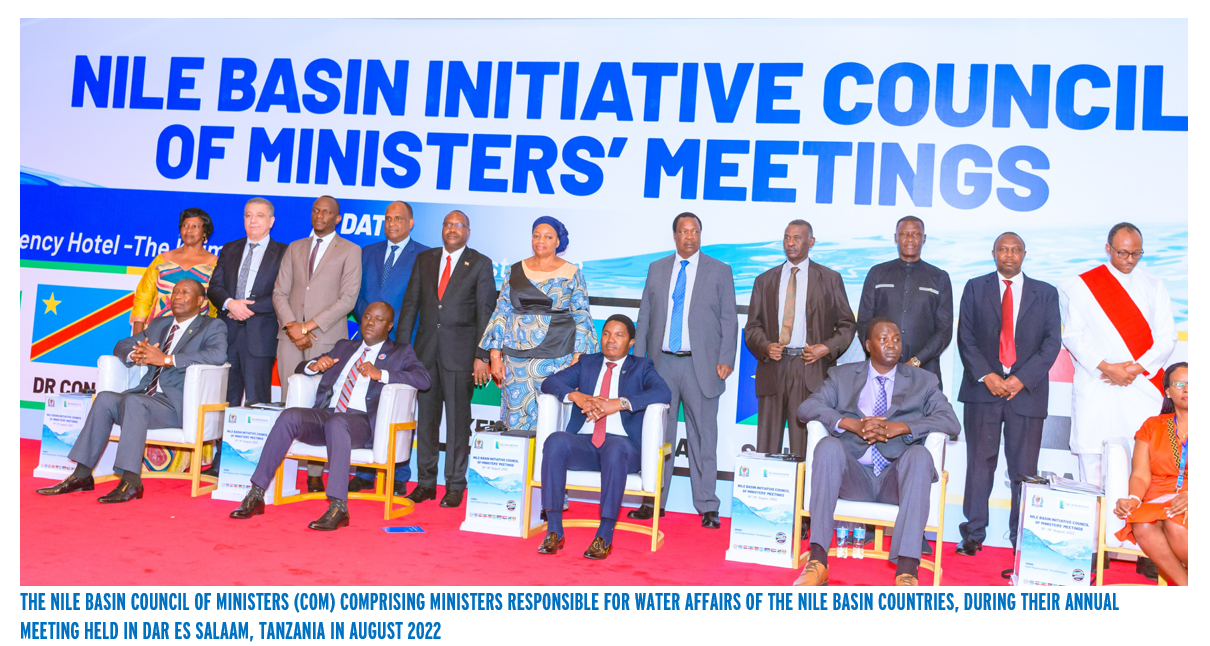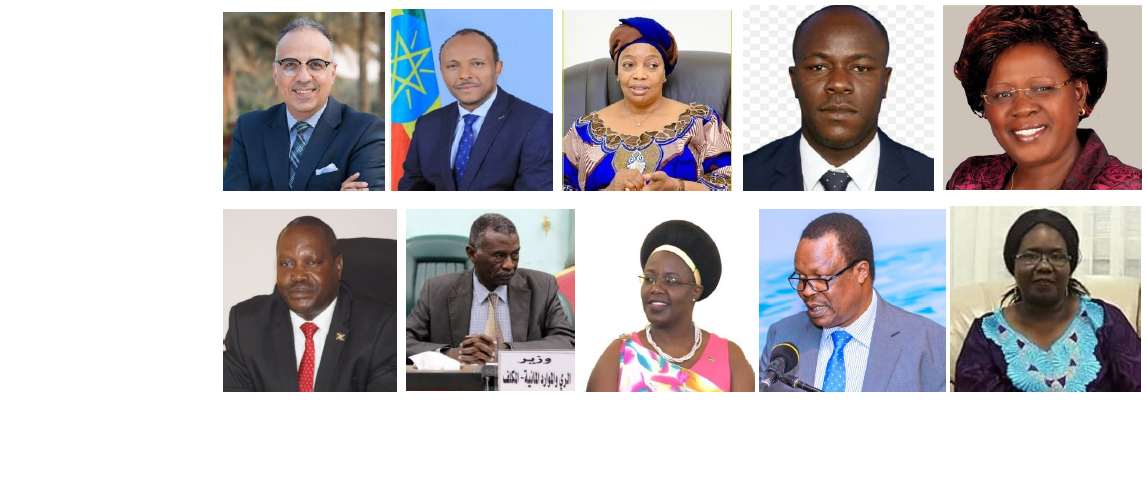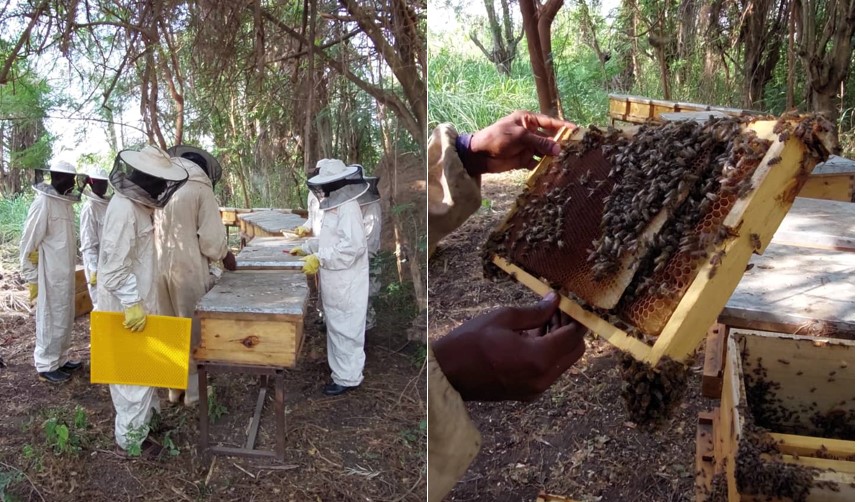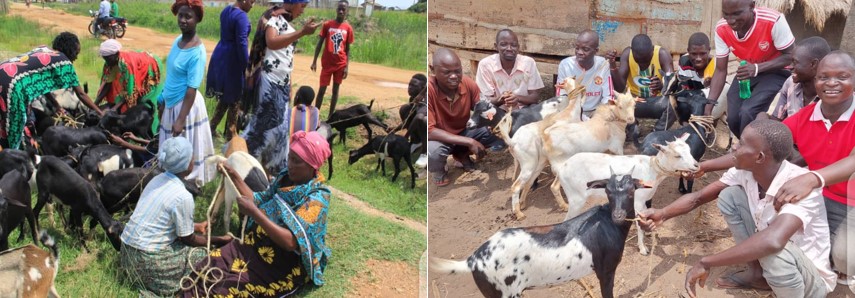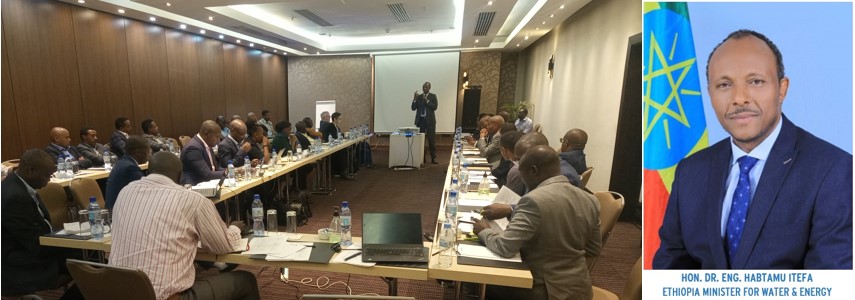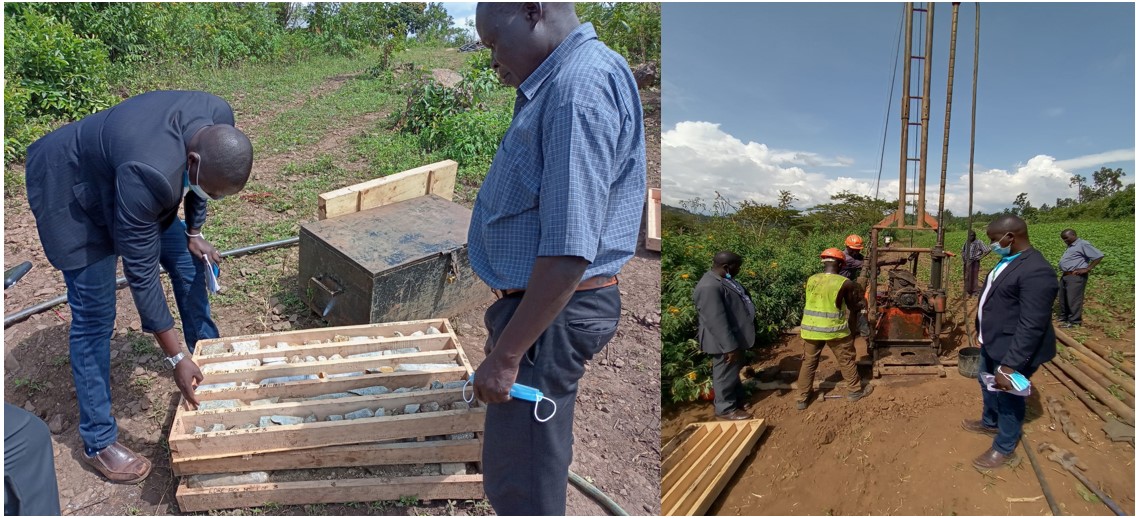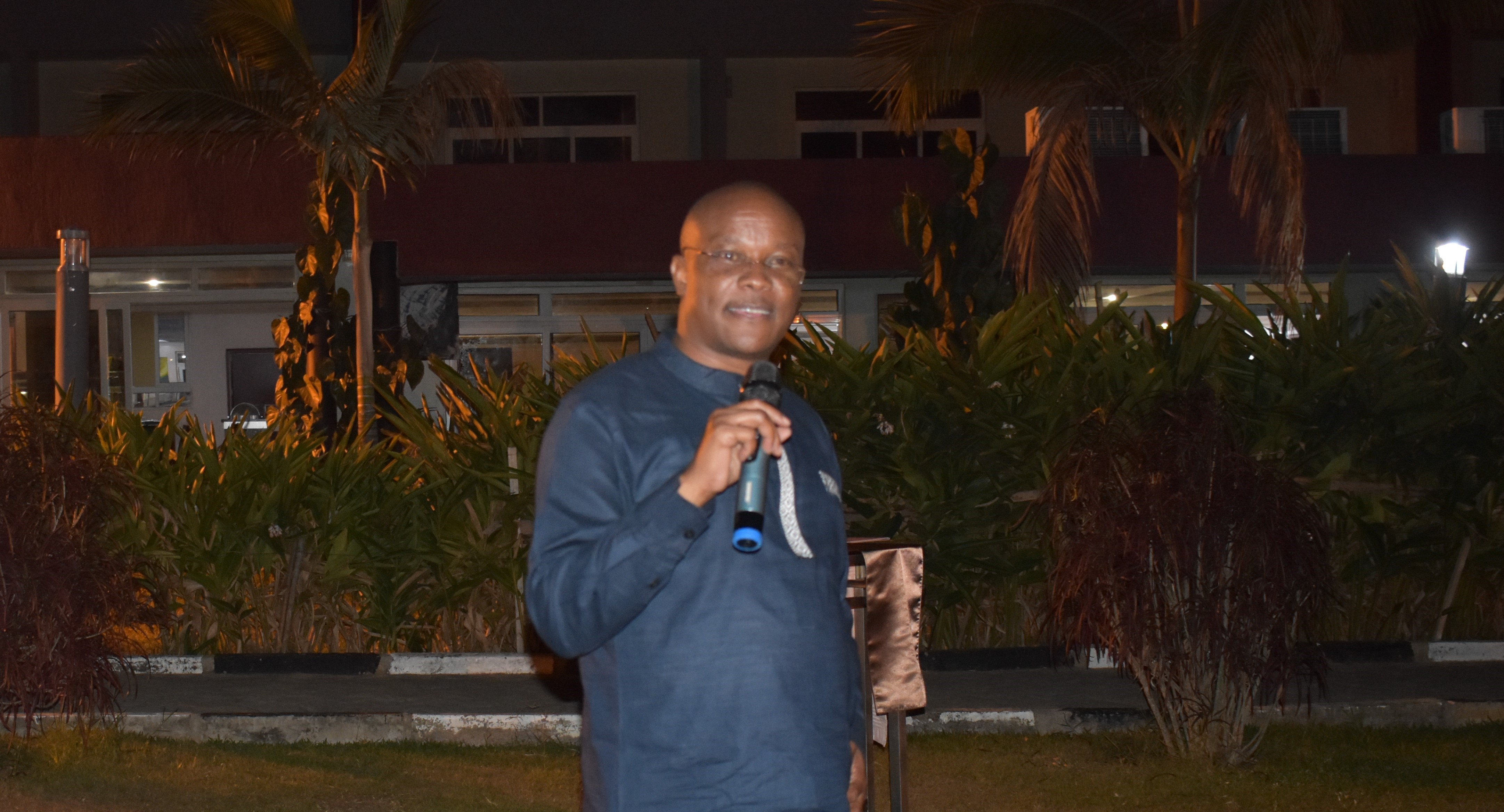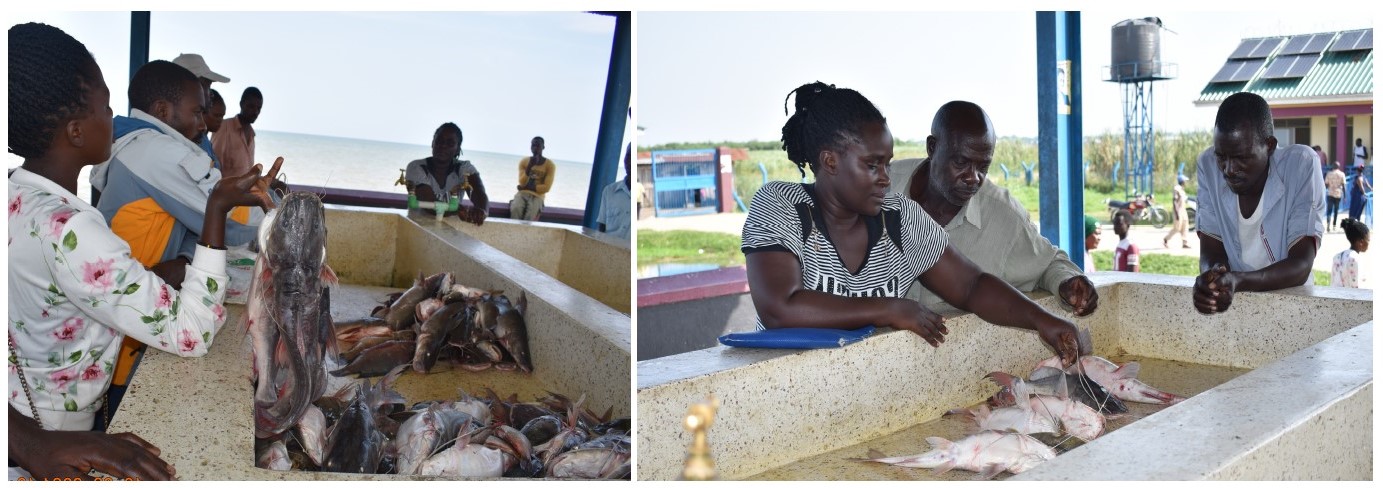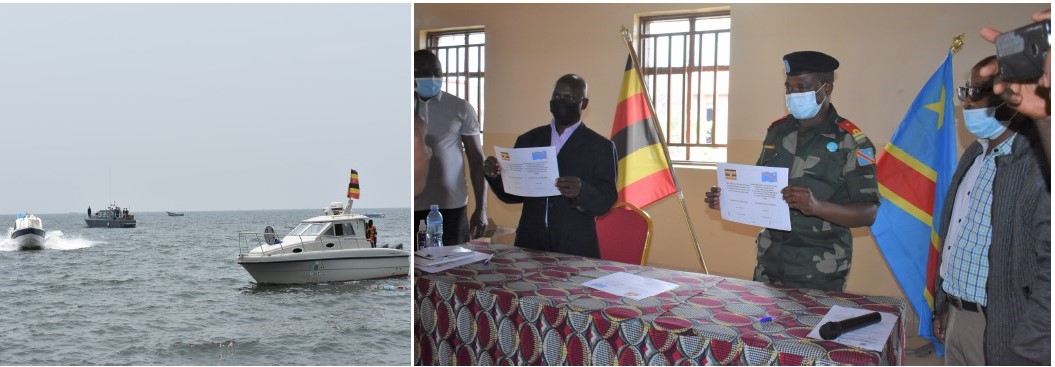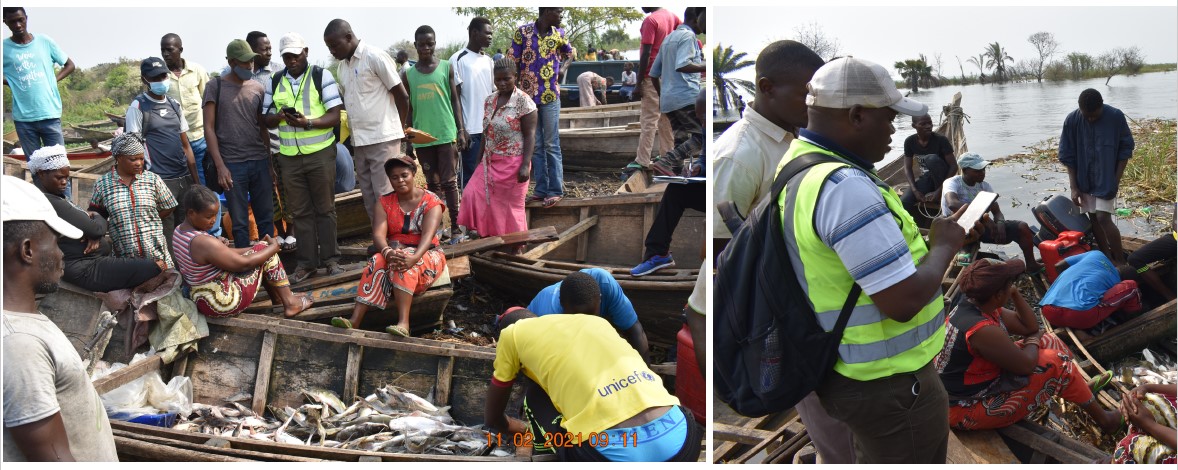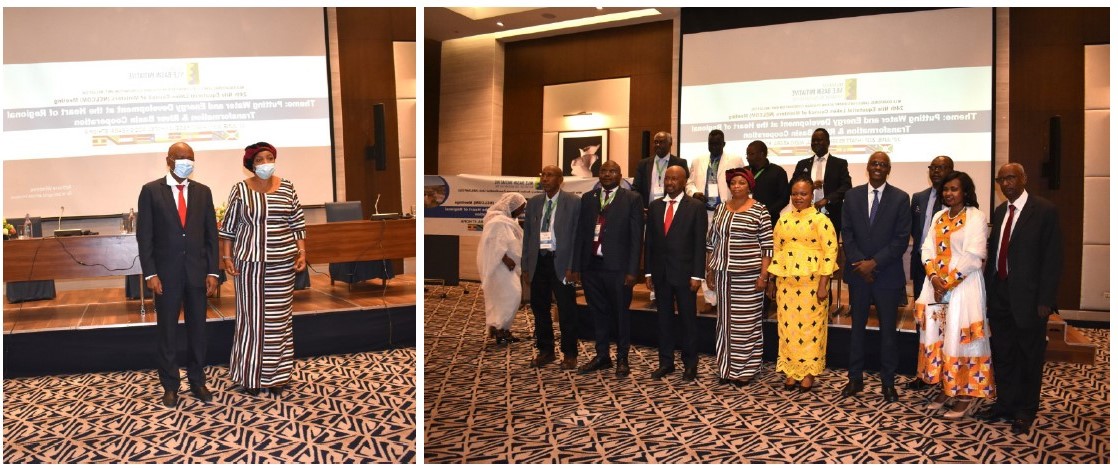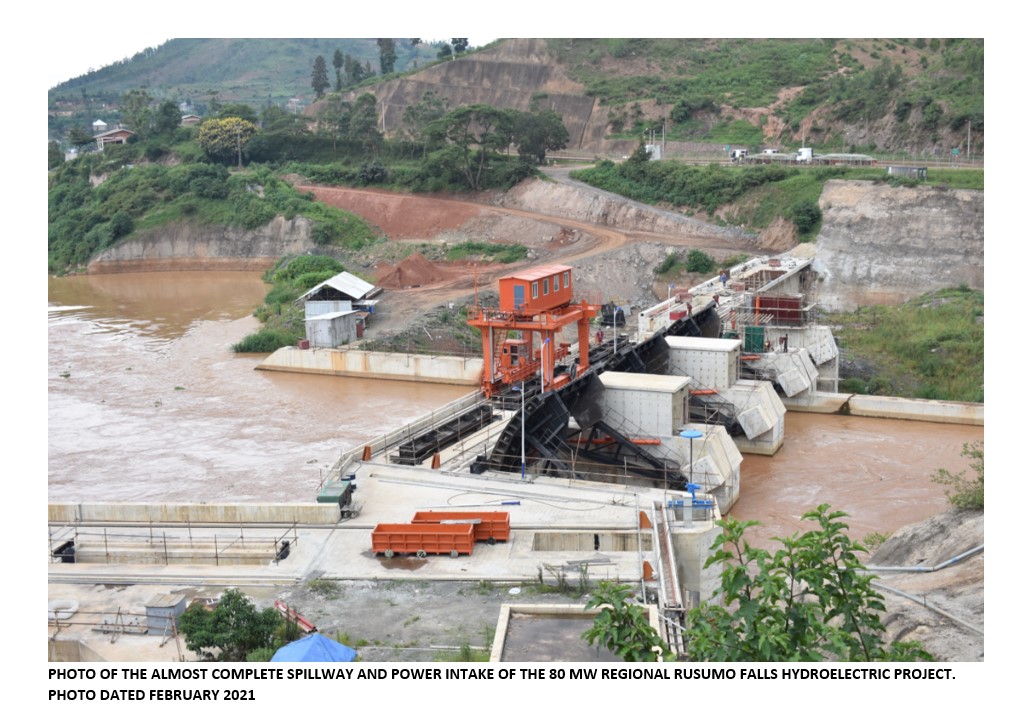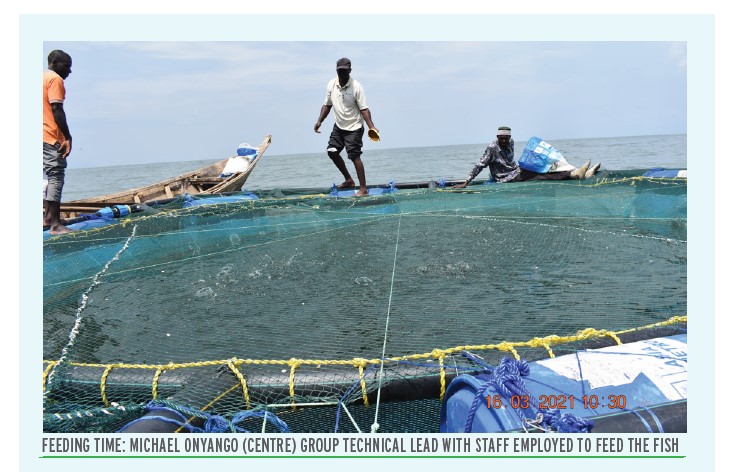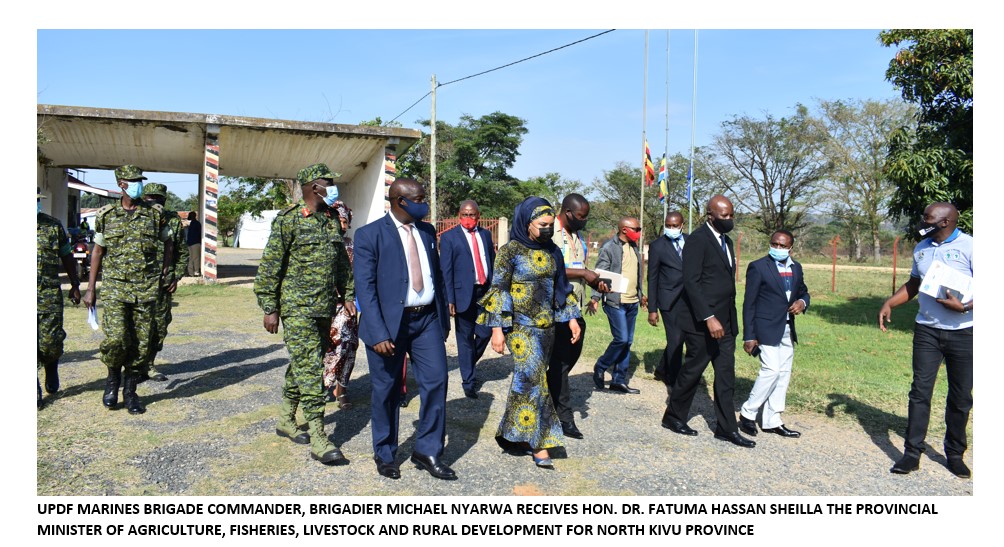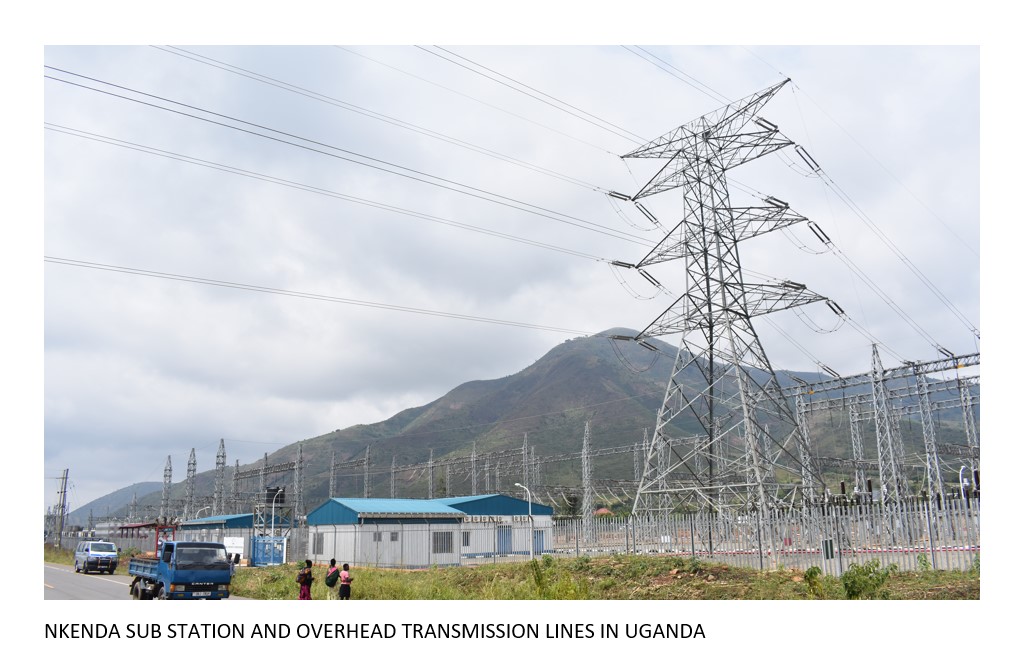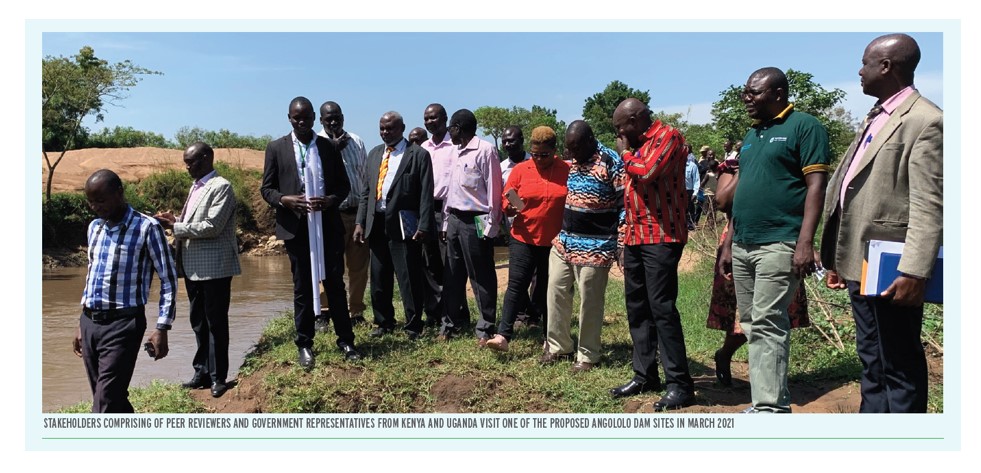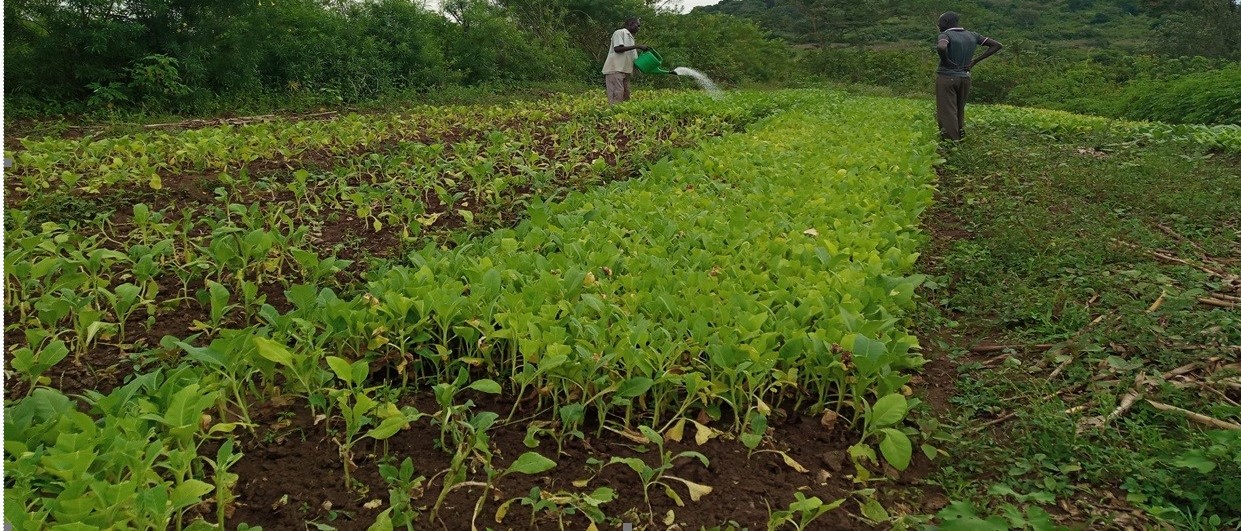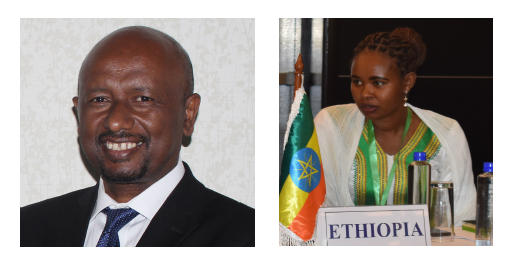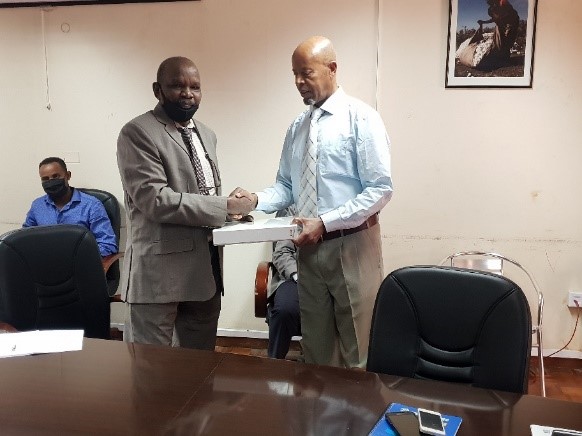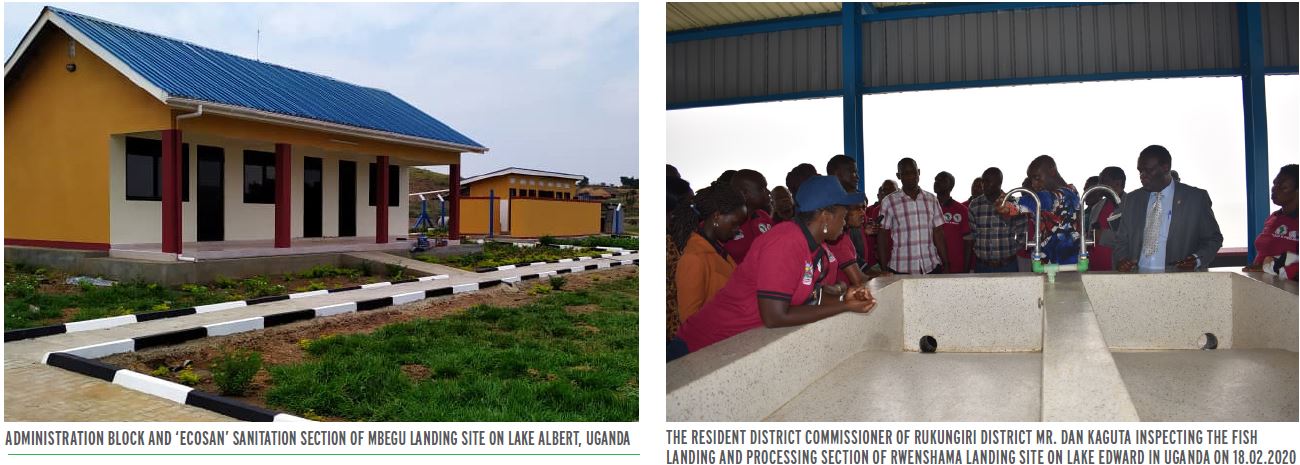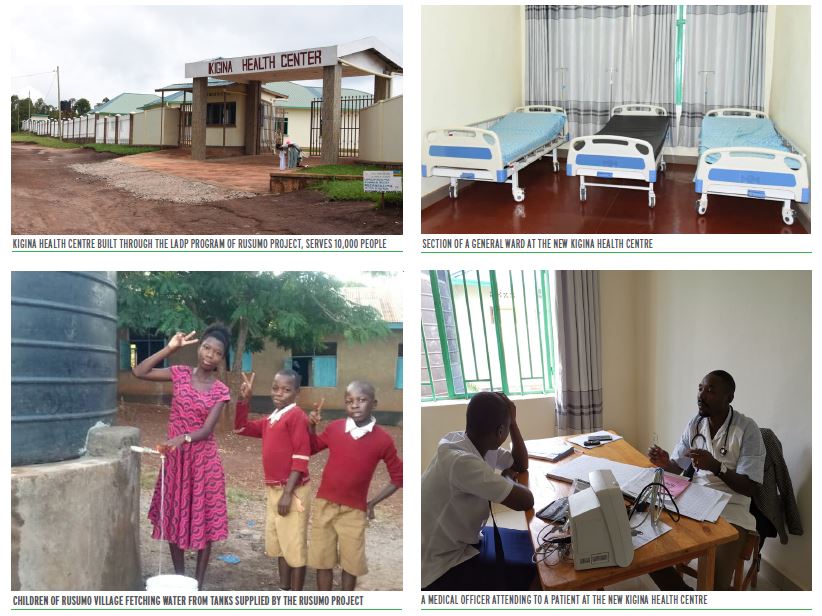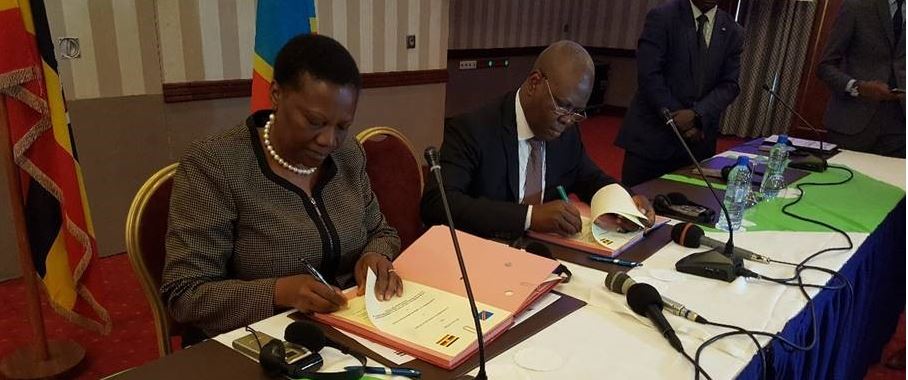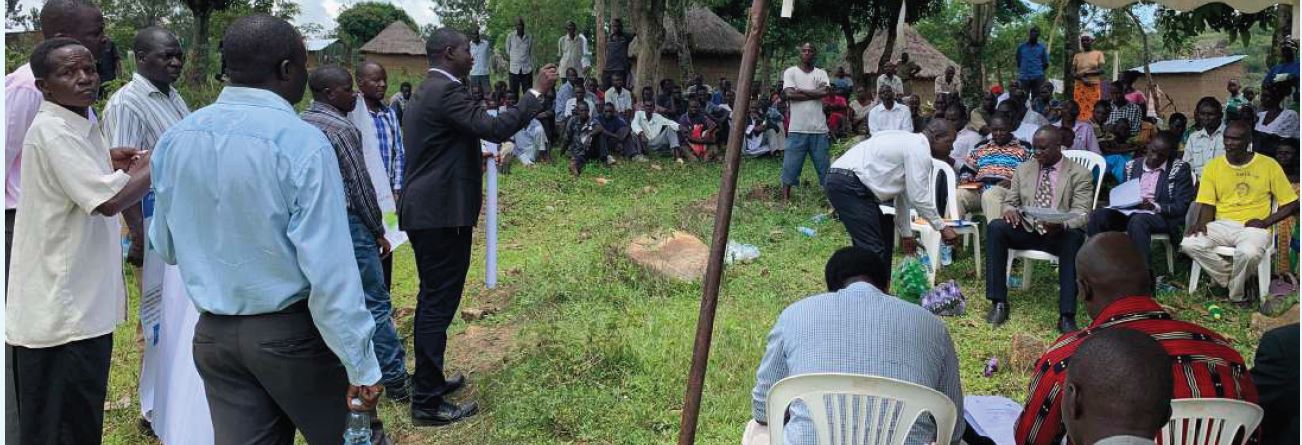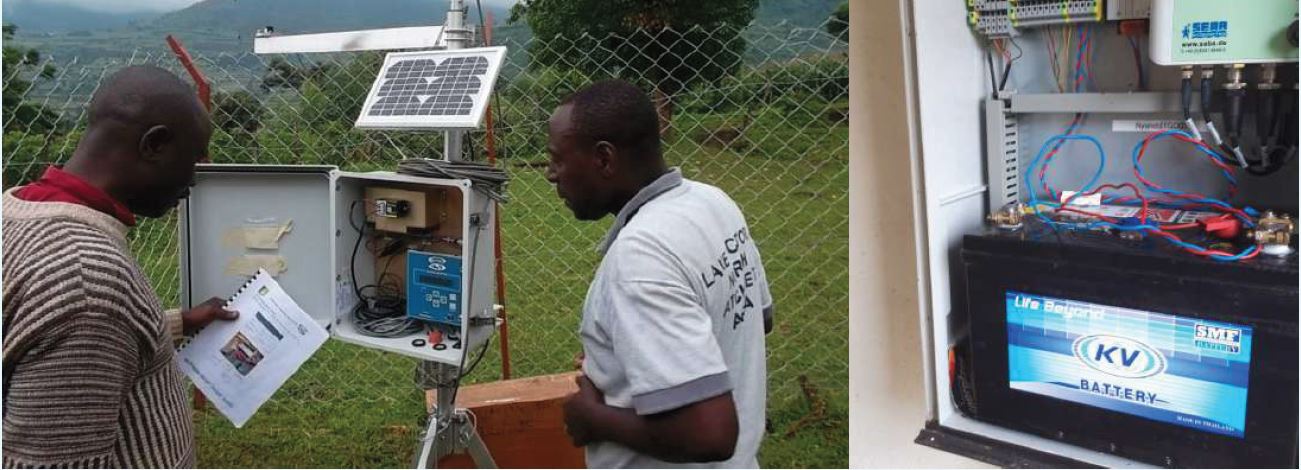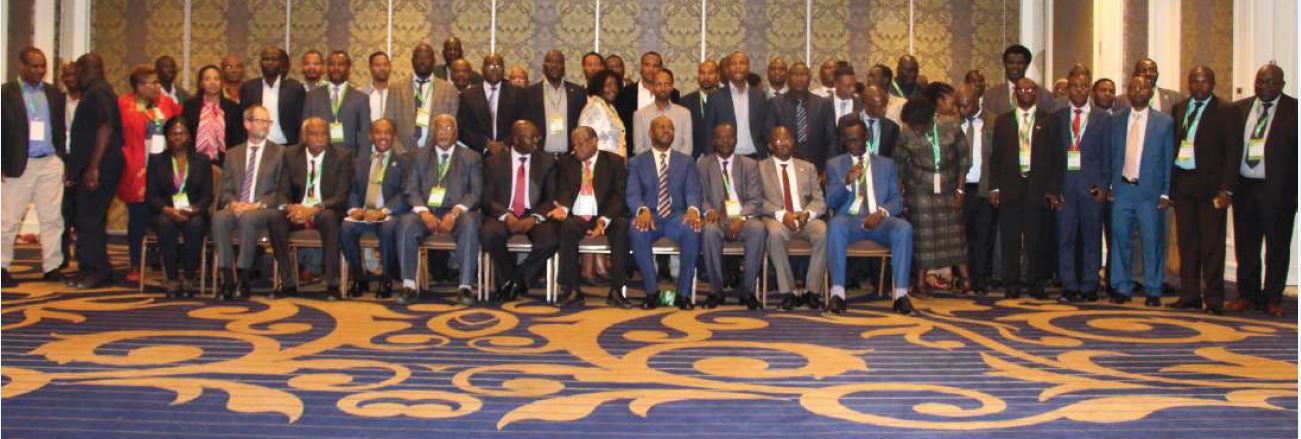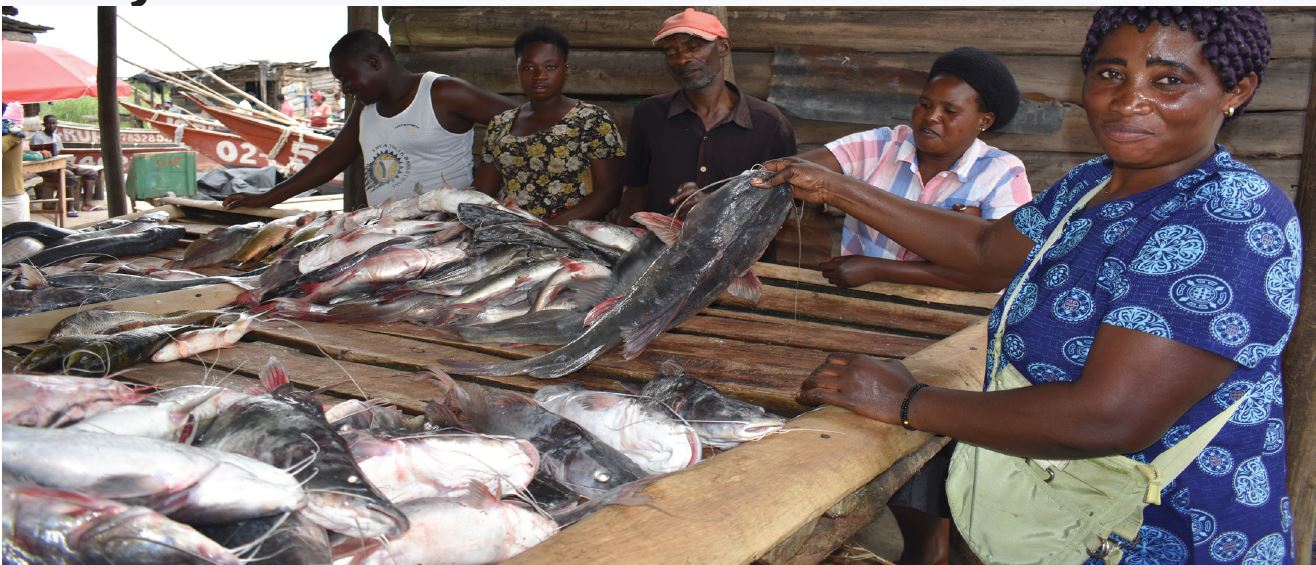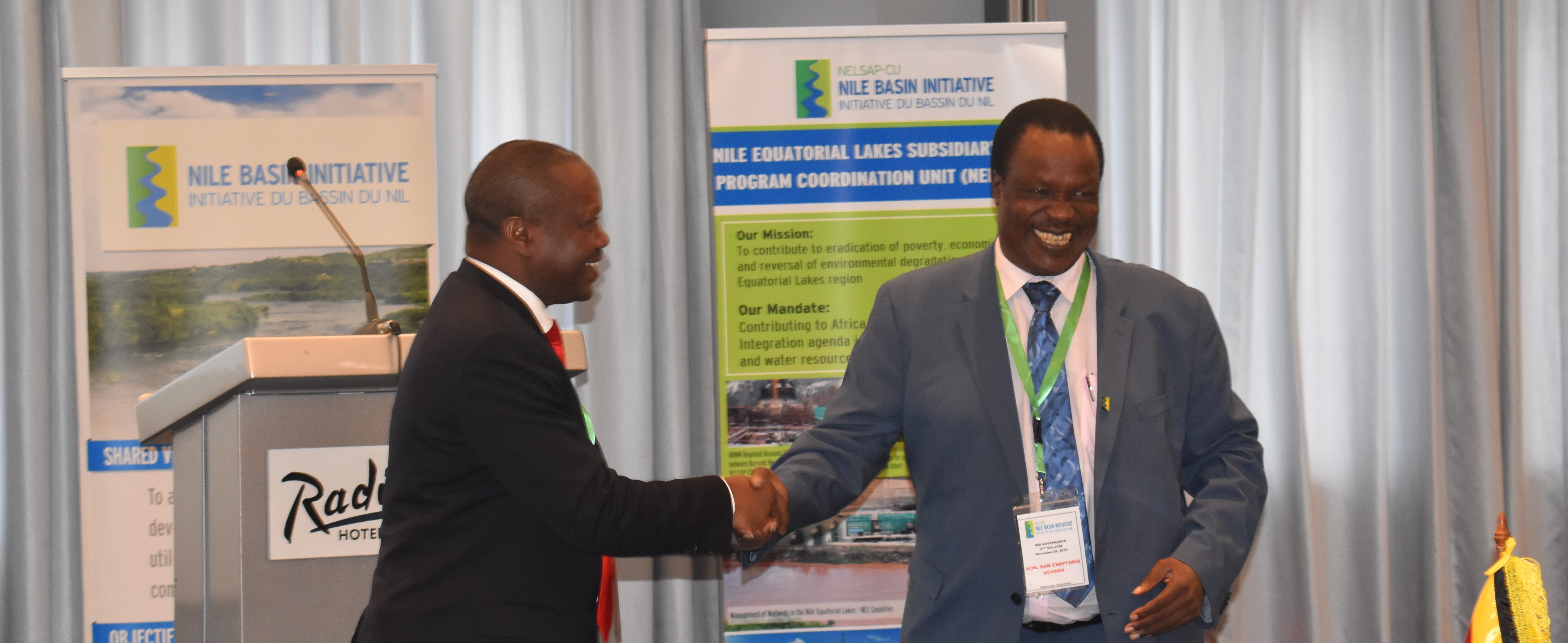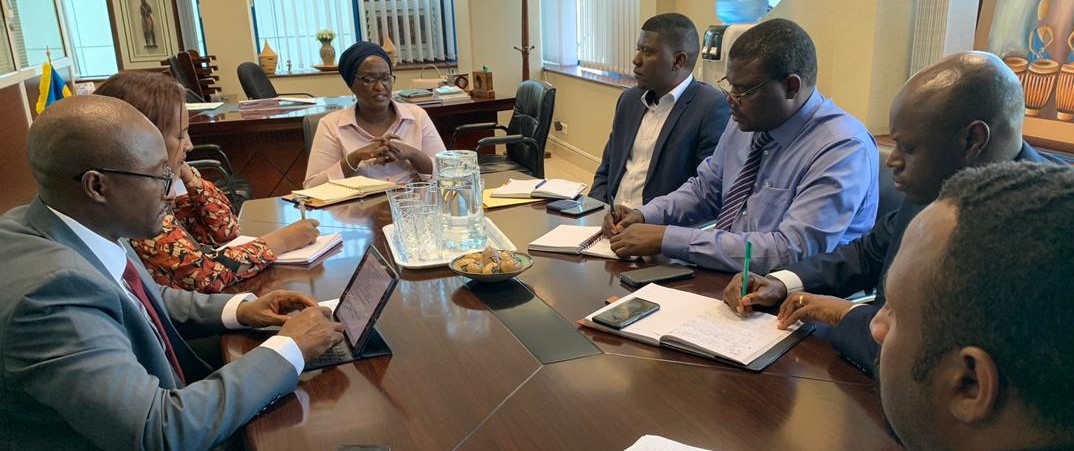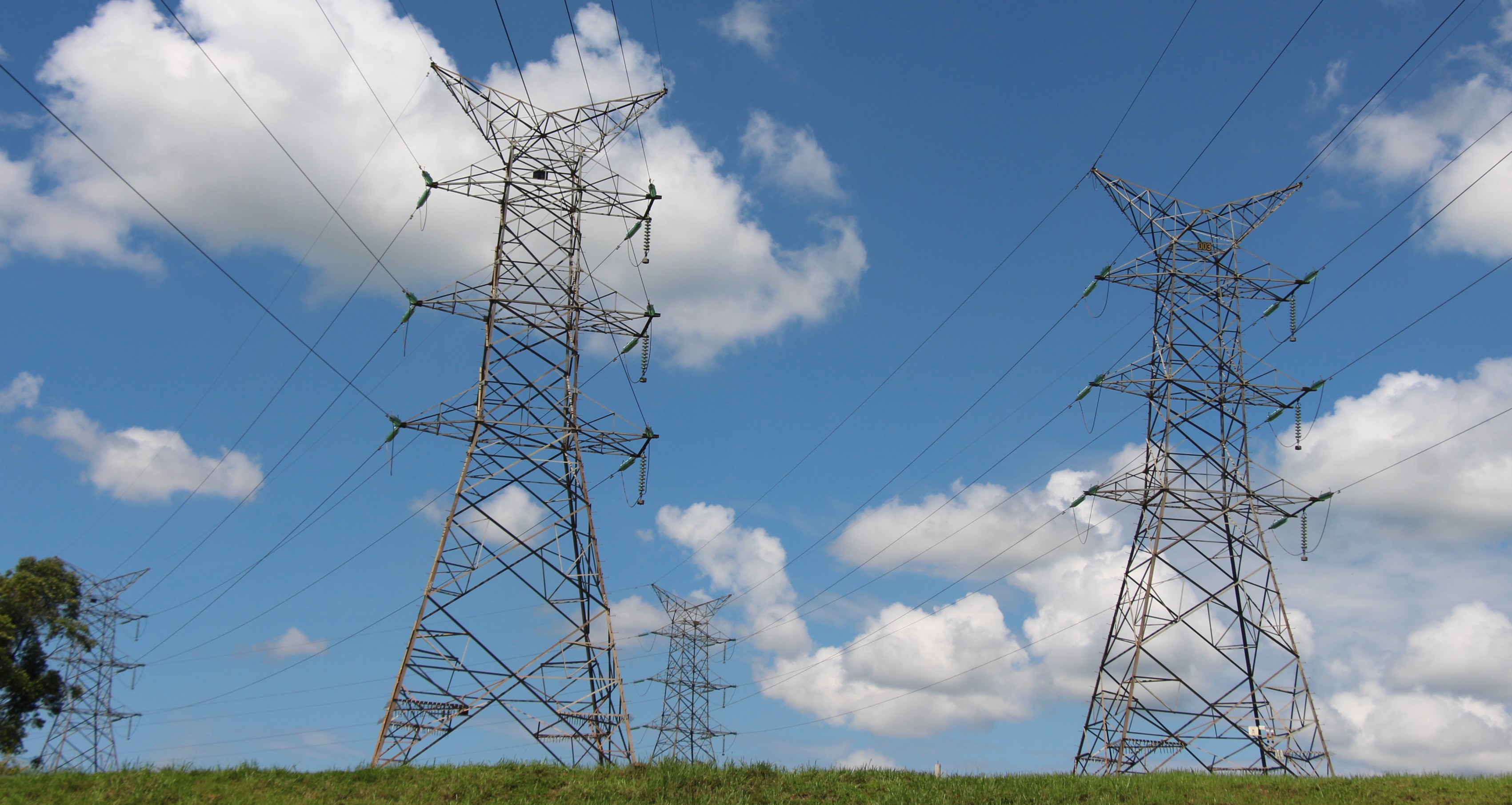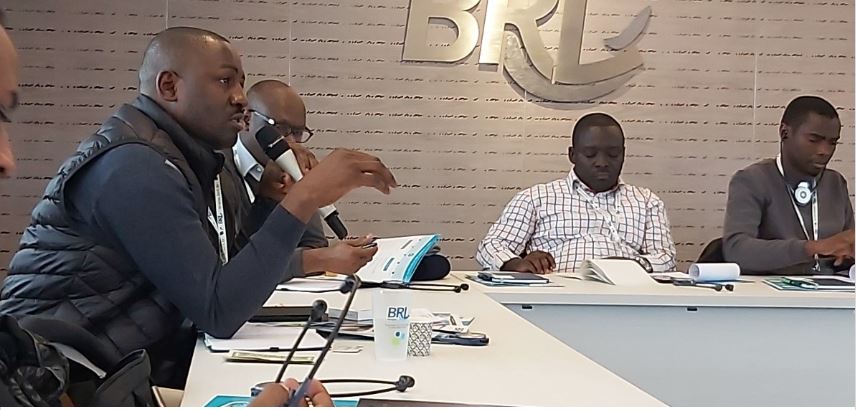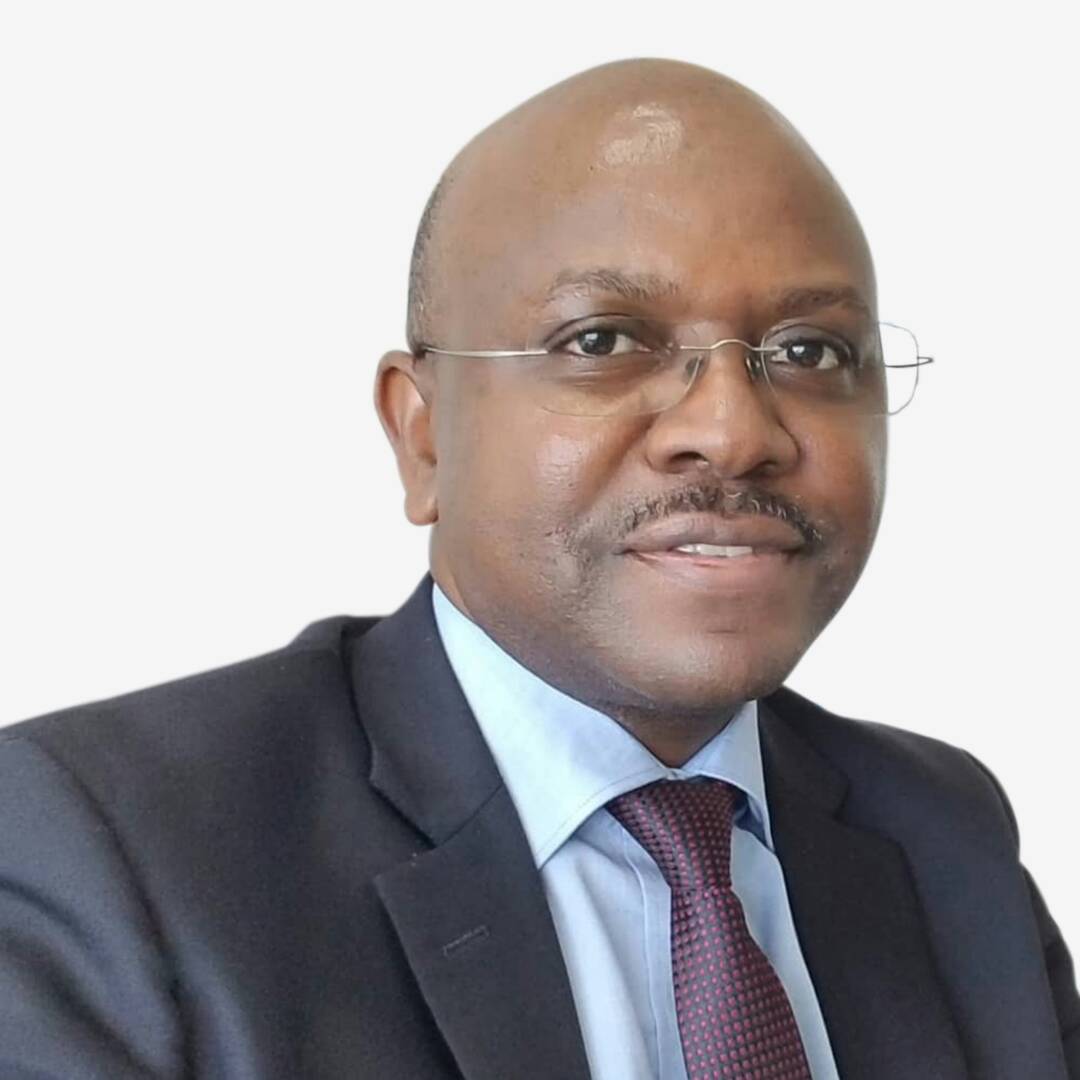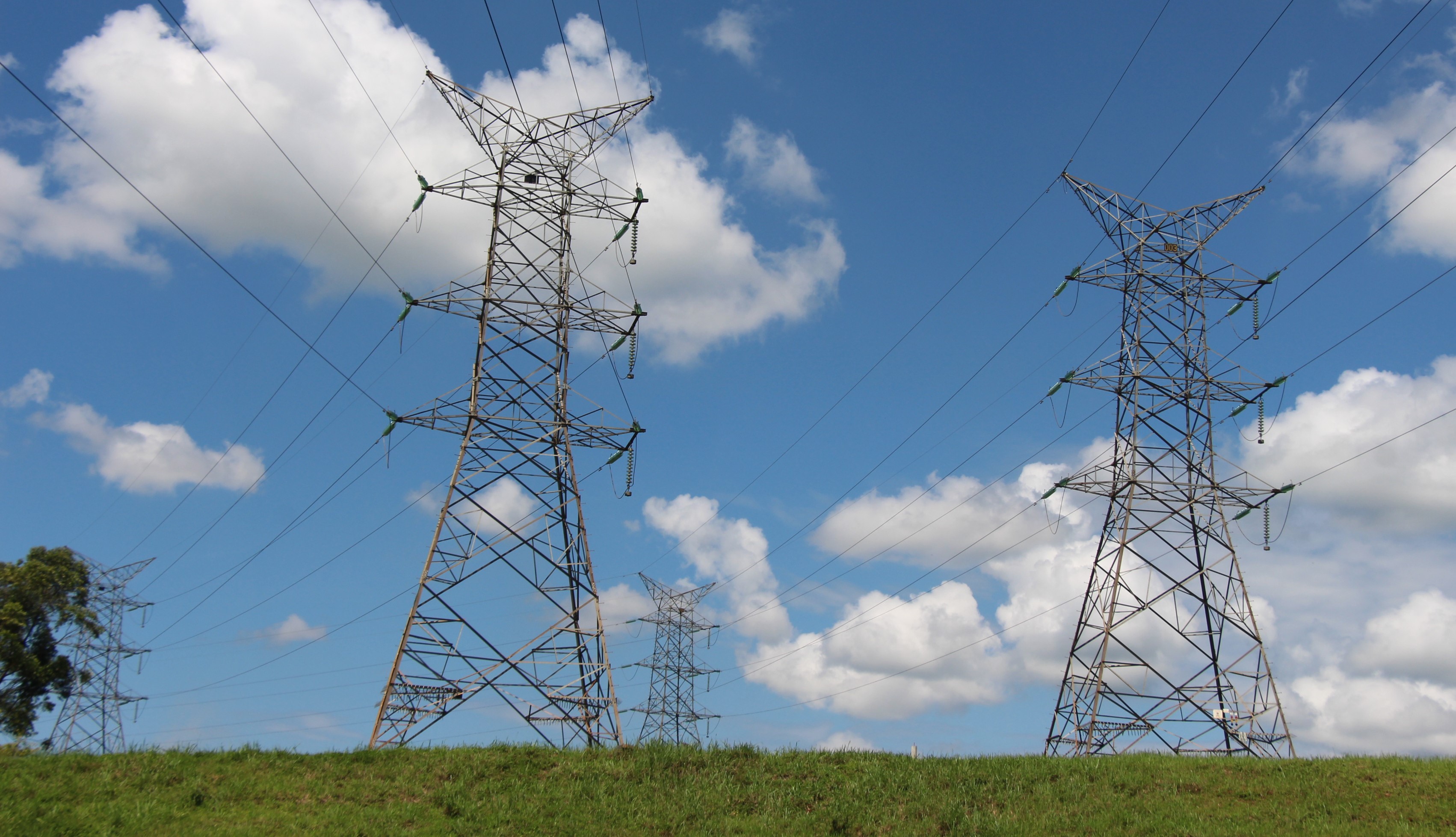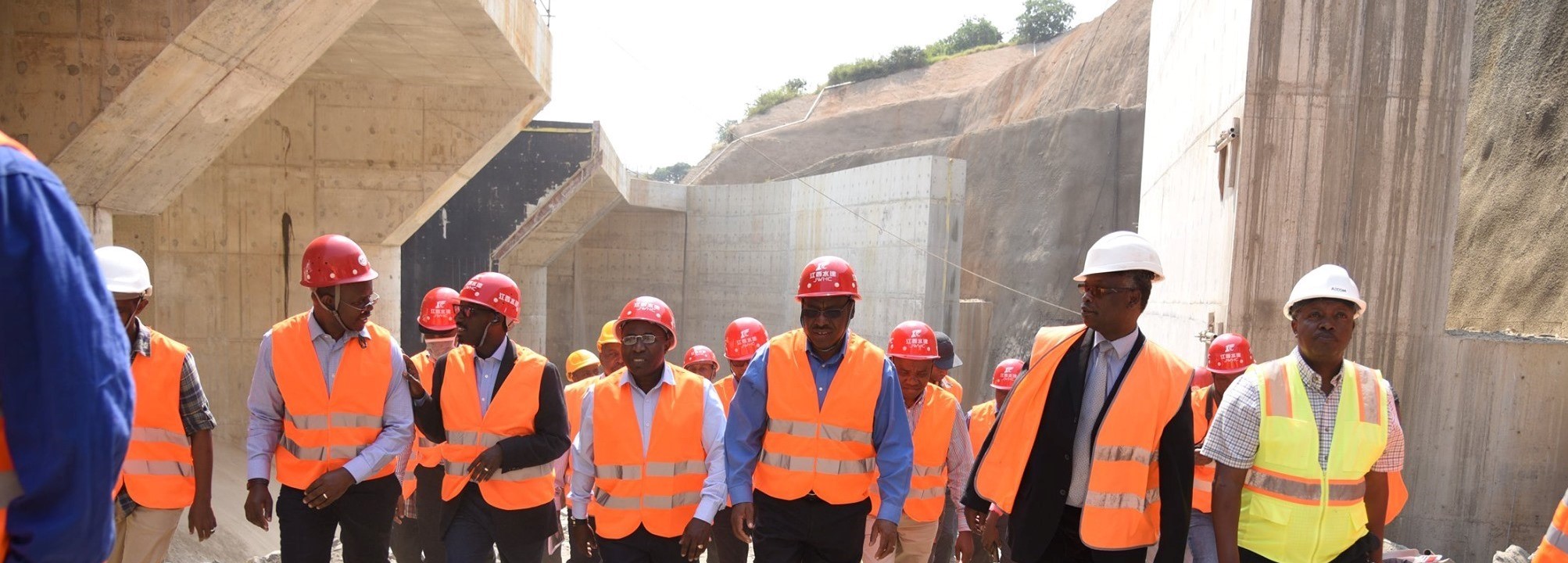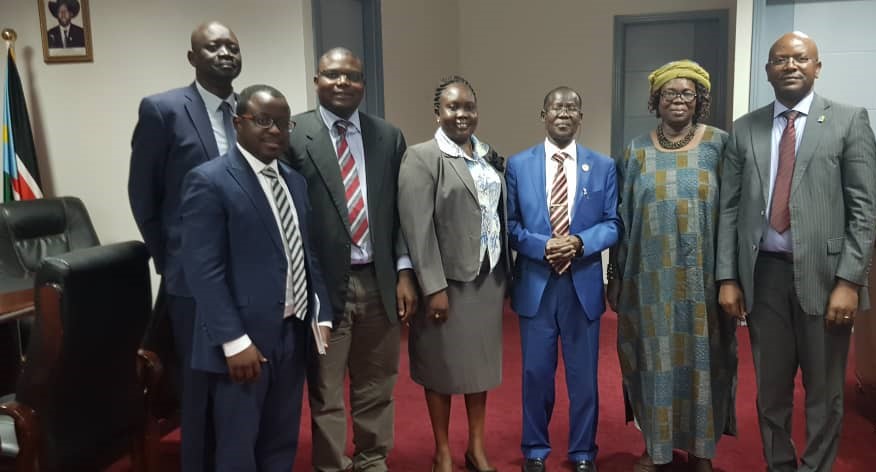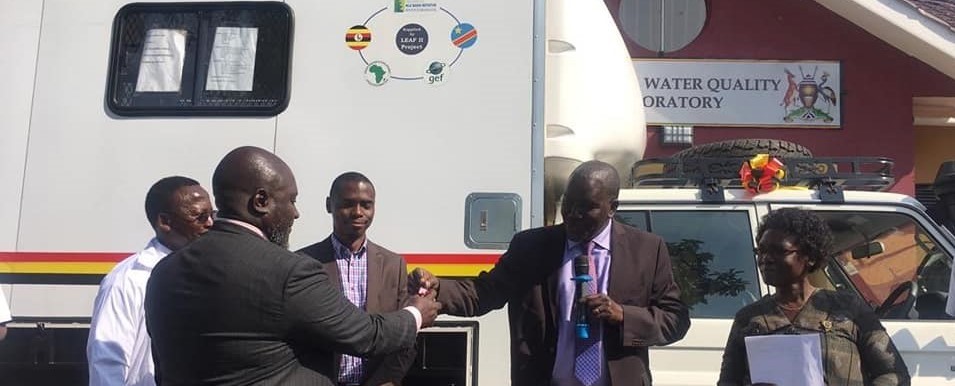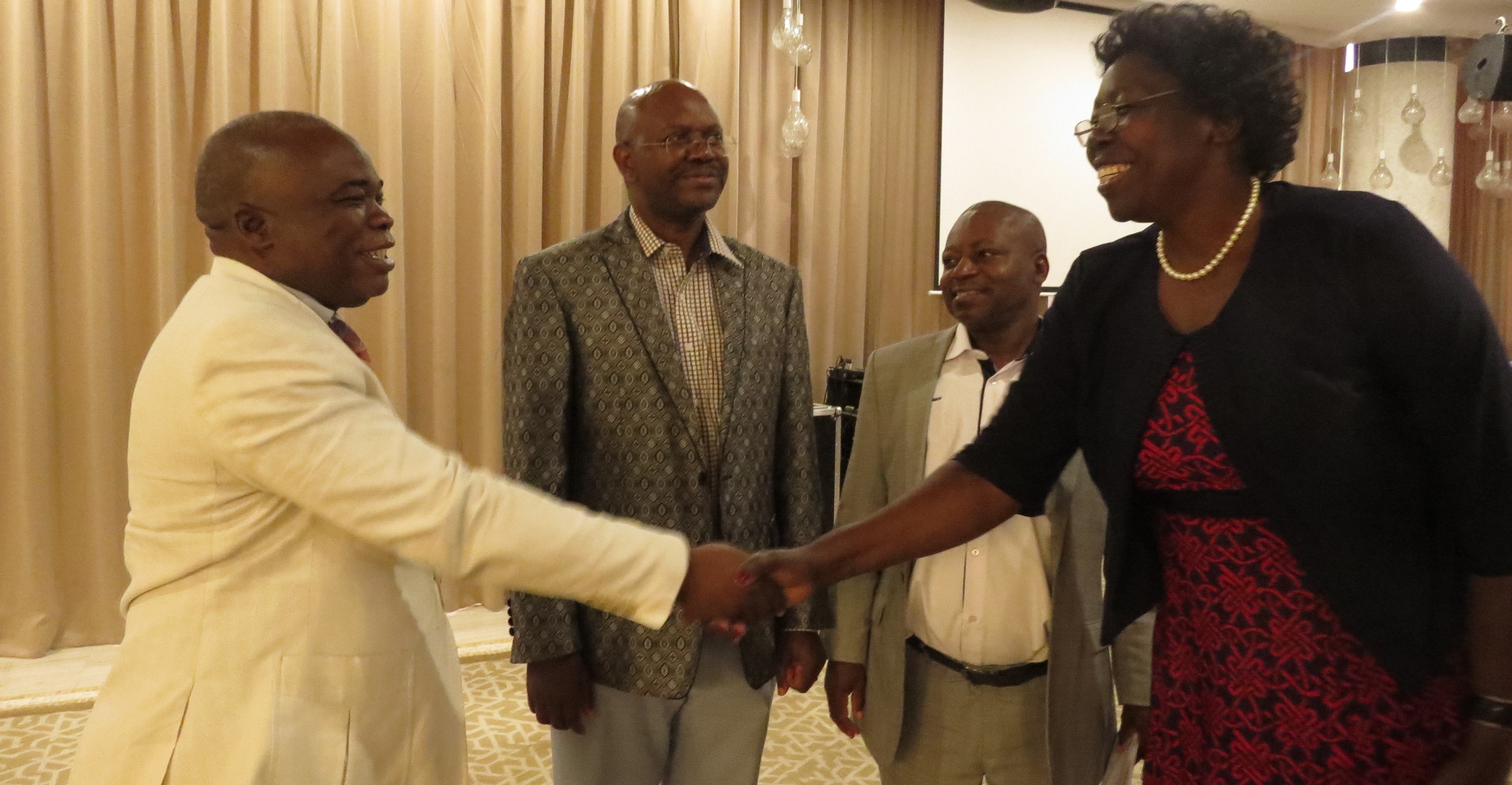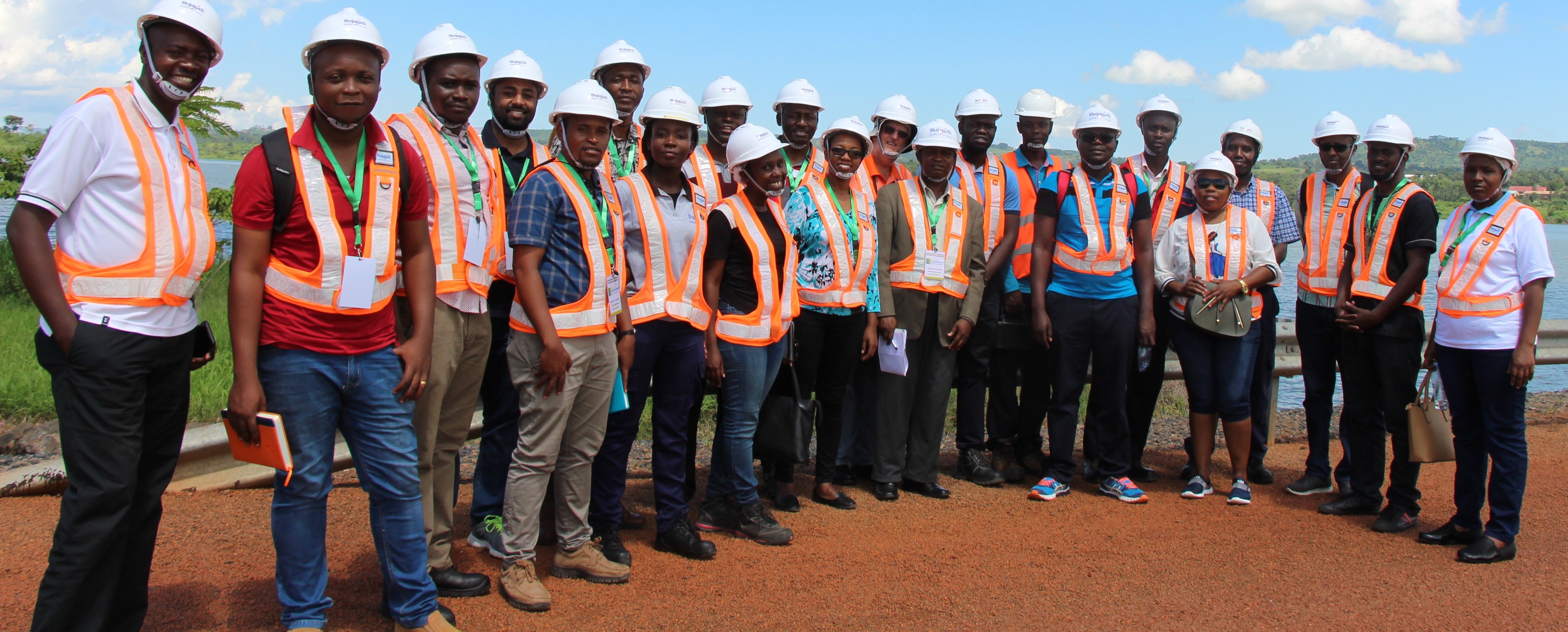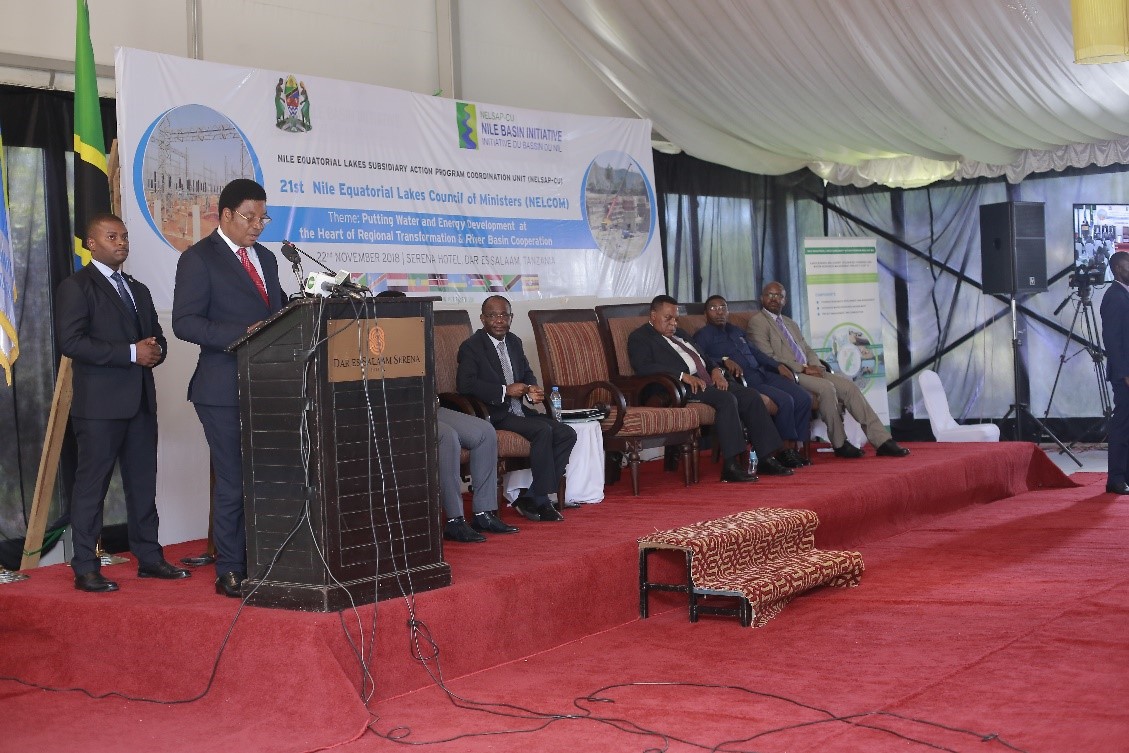What is the Importance of Groundwater?
Our planet is called the ‘blue planet’ because 71% of it is covered with water. However 97% of this water is saline, with freshwater comprising only 3% and most of this freshwater (2.5%) is concentrated at the two poles (North and South Pole). Freshwater exists in four major reservoirs; atmosphere (air and clouds), lithosphere (in the rocks) hydrosphere (lakes and rivers) and biosphere (in the plants and animals). Water continuously moves across these four main reservoirs. Away from the Poles, most of the available fresh water is groundwater (0.61%) with rivers and lakes holding only a small percentage (0.009%) thus making groundwater the second most important strategic water reserve. Groundwater can be from fresh replenish-able sources or from non-replenish-able sources. It can be from a distant or near area, from confined or un-confined aquifer (ground water reservoir), can be old water or new water.
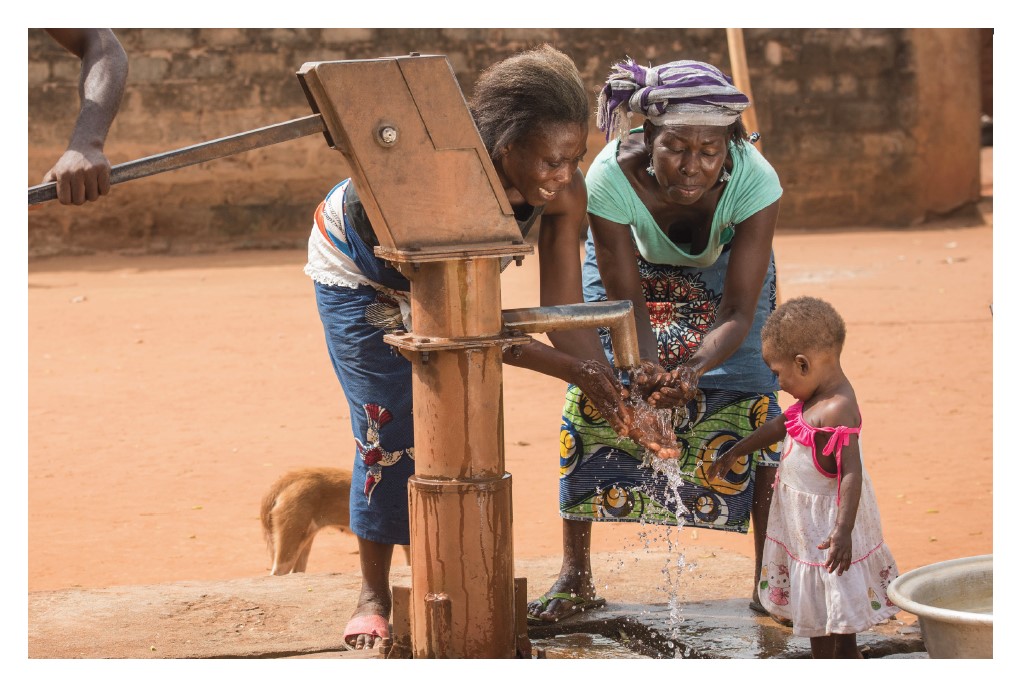 Tell us about Aquifers in the Nile Basin and key Challenges Facing their existence
Tell us about Aquifers in the Nile Basin and key Challenges Facing their existence
About 43-53% of Nile Basin population depend on groundwater and this percentage increases greatly as you move further from the Nile River corridors. The Nile Basin has many aquifers, several shared by more than one country. Quantity of water they hold, its distribution, how much is being extracted is not well recorded. Unlike the Nile Rivers and Lakes in the Basin, there are no commissions for shared groundwater, no shared development plans and no shared standards for quality control and extraction rates.
The second challenge is pollution from mining especially of gold, which uses water and dangerous chemicals like cyanide and mercury. The other challenge is urbanization and use of chemicals in agriculture especially in rice farming. Bottled water business also pose a challenge. These businesses don’t use Nile waters because it is more expensive to purify. Conventional use like domestic, livestock, or use in agriculture on the other hand doesn’t affect groundwater as much.
Is there enough information on groundwater and are there regulations and policies governing groundwater in the Nile Basin?
Whereas already there is some information on groundwater, most of it is very technical so it doesn’t help decision makers. Generally groundwater is extracted based on need without consideration of the potential impact of the withdrawal on the aquifer or on other users. Monitoring of groundwater sources is important as it will assess possibility of over-abstraction, which can lead to draw down of the groundwater table or reduction in surface water sources (reduced river base flow, drying up of springs, and depletion of aquifers). Water resources monitoring in most countries in the basin prioritizes surface water sources while groundwater monitoring networks are either nonexistent or function poorly. As a result, data on groundwater is scarce or may not be reliable, and is not easily accessible.
What if NEL countries continue with ‘business as usual,’ what effect could that have on groundwater over the next 30 years?
The whole water system is connected and integrated, so groundwater cannot be looked at in isolation. If you don’t take care of surface water, it will affect groundwater, if you don’t take care agriculture, or mining, pollutants will infiltrate and pollute groundwater, and if you don’t take care of air pollution, it will affect surface water which in turn will affect ground-water. So it is better to think and act holistically on the entire water cycle.
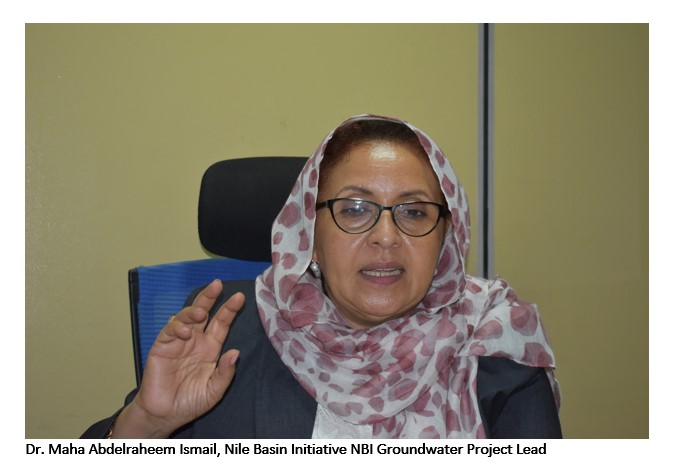 What are the key misconceptions around Groundwater?
What are the key misconceptions around Groundwater?
Most people think groundwater is found in confinement between two non-permeable rocks or non-transmissible rocks and so is not subject to pollution. This is not always the case. Ground water often flows from one area to another so during the flow it can be polluted. Secondly some people think that groundwater is plenty and endless, so you can drill as much as you like. But this is also not true. Groundwater depends very much on recharge and continuous replenishment from surface water. When there is no replenishment, you need to calculate how much water there is in the aquifer, then calculate number of years of extraction so that when the well dries up, you are prepared for that.
Are there examples where groundwater is being managed sustainably that NEL countries can emulate?
It is very useful to identify successful groundwater management stories. I will give two examples.
The first is an in-country aquifer in Sudan called Al Hawata. The Al Hawata Project begun in early 70s and its lifetime was given as 23 years and was supposed to run out of water by the year 2000, however it is still providing water to-date, 30 years beyond the expected life-time. Why? Because it is community owned, community led and community managed. Al Hawata was meant to serve 7 villages, now it is serving 65 villages successfully. They have an Association through which management, operations, planning, projection of use and continuous learning is done. This is a very good success story that need to be documented, shared and upgraded and taken as a role model that people can learn from its success.
The second is the transboundary Nubia Sandstone Aquifer shared between four countries, two of which are in the Nile Basin – Egypt, Sudan, Chad and Libya. It is the largest aquifer in the world covering more than 2 million square kilometers with average water depth of 1-2kilometers. The Nubia Sandstone is a fossil aquifer, formed 10,000 years ago from the Chad Basin, when the region witnessed a lot of heavy rains and had forests and lakes. However, due to desertification the area is now bare, does not receive any significant rain and may not ever receive rain in future. Only a small portion of it is recharged by the Nile Basin but generally it has no recharge. Any abstraction from it is permanent - basically a process of groundwater mining. The four countries sharing the aquifer have a Framework for Cooperation and Management of the aquifer. Previously it had a High Commission with a well-organized body. The four countries are discussing principles of future use of the aquifer. Most agriculture in the area is rainfed, with communities engaging in pastoralism through natural grazing which uses very little water. Egypt uses it to grow grapes for wine on a small scale in the western oasis while Libya has also piped it for some controlled irrigation.
About the NBI Groundwater Project and its Outputs
The project is titled ‘Enhancement of Conjunctive use of Ground-Surface Water.’ It begun this year and is focusing on three shared aquifers, two of which are in the NEL region. Mt. Elgon aquifer, Kagera and Gadare-Adigrad. The project has five components.
Component 1: This component aims to create a Groundwater Inventory that can be used by countries. It will produce three publications that show condition of three shared aquifers (Mt. Elgon, Kagera and Gadare-Adigrad). These will include modelling and production of different scenarios up to 2050, factoring in climate change, and abstraction rates among others.
Component 2: Action Plans; Focuses on production of monitoring guidelines that will be adopted by seven and later 10 NBI countries.
Component 3: Pilot projects: Under it, there are some suggested pilot groundwater projects to be implemented by countries.
Component 4: Capacity Development. This component will produce manuals for training that can be upgraded by countries and used as ready capacity development materials.
Component 5: Strengthening of knowledge and awareness raising. This component will produce various knowledge materials to raise awareness for different categories of stakeholders.
This project is funded by the United Nations Development Program (UNDP) and the Global Environment Facility (GEF).
For more on this project kindly visit … https://nilebasin.org/groundwater


